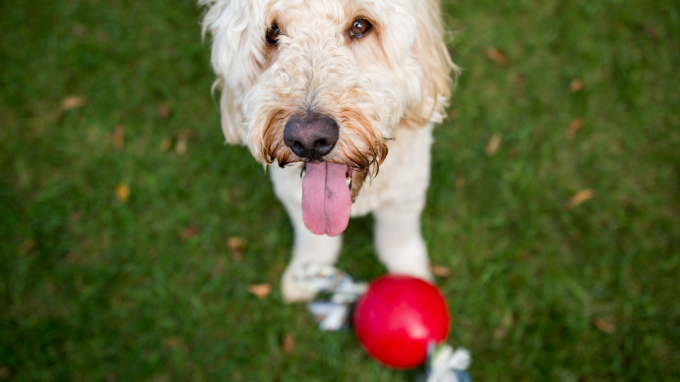Have you ever stopped to notice that some dogs seem to have better perception than others? A study published by the magazine Ethology on November 18 discussed this fact.
In sampling, researchers studied why some breeds of dogs They can find balls, discs and other objects more easily, while others don't seem to understand when they should go get something.
see more
November 29-30: Cancer moon benefits 3 zodiac signs in…
3 reasons why avocado peels shouldn't go in the trash

(Image: disclosure)
The concept of “spatial bias”, the core of the study
Briefly, the so-called “spatial bias” is what conceptualizes the perception of a given object in relation to space, location and distance. So, the relationship between dogs and balls and discs, for example, can be analyzed through this spectrum.
In the study, researchers compared how children and dogs interpret commands to fetch objects. Not surprisingly, it became clear that when given a command, children immediately focus on the object, not the command, which helps them find it.
On the other hand, dogs tend to become attached to the gesture made by the owner, and not to the object. However, this is not a rule. Some “more intelligent” breeds behave more like children.
Scientists have given the dog's behavior the name “spatial bias”. Ivaylo Iotchev, one of the study's co-authors, explained this correlation further.
“From a very early age, children interpret the gesture as pointing to the object, while dogs interpret the gesture as a directional cue. In other words, regardless of the intention of the person giving the cue, the meaning for children and dogs is different,” he said.
More study details
In an auxiliary experiment, researchers selected 82 dogs of different sizes, breeds and weights, using treats instead of various objects and toys.
With no secrets, the scientists placed snacks on plates and measured how many seconds each animal paid attention to the treat and took it.
Even though subtle, the test results were able to point out which races had a more accurate spatial bias, demonstrating better cognition.
Surveys like these help scientists understand how dogs' brains have evolved over time.
Graduated in History and Human Resources Technology. Passionate about writing, today he lives the dream of working professionally as a Web Content Writer, writing articles in several different niches and formats.
